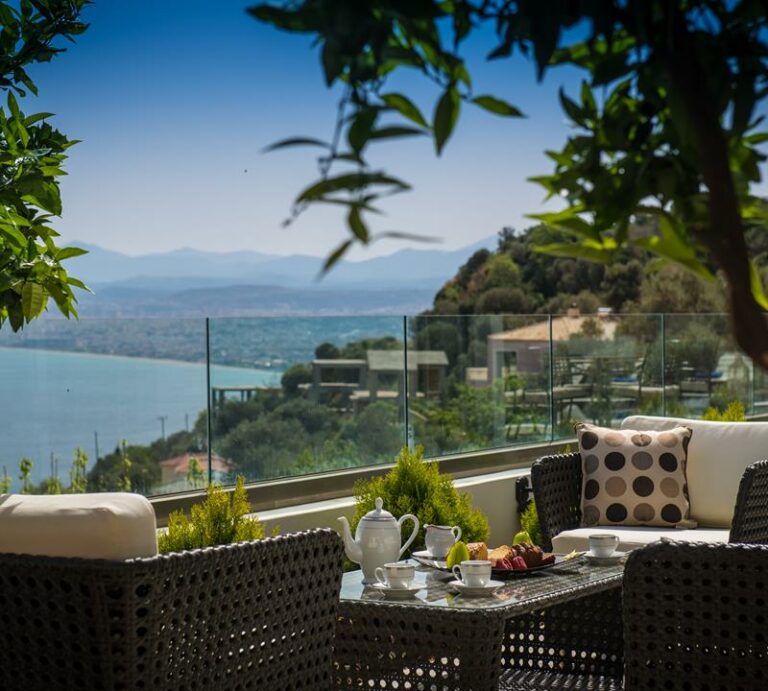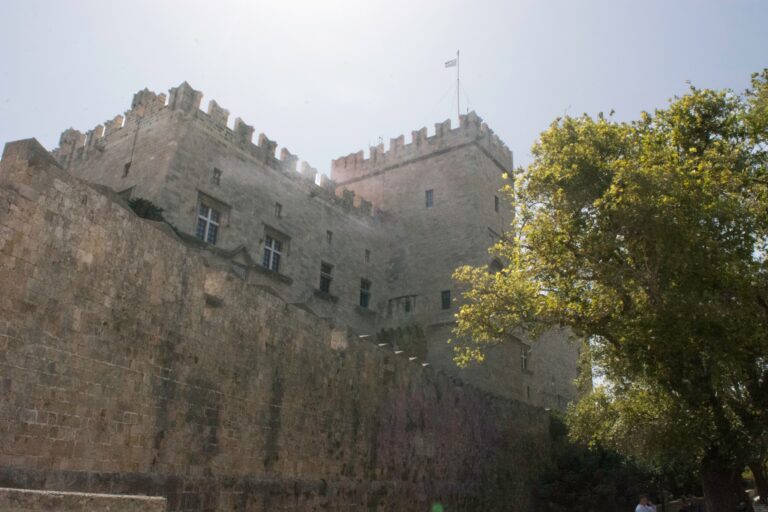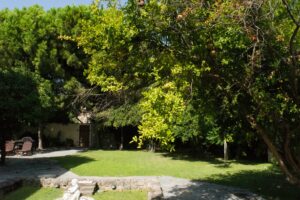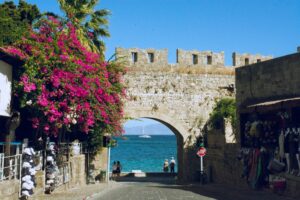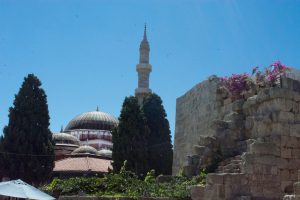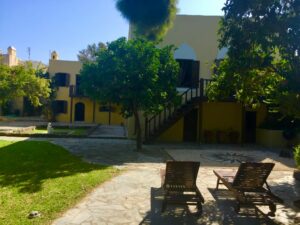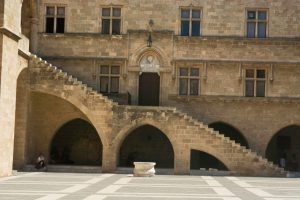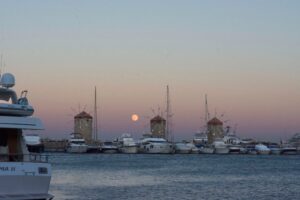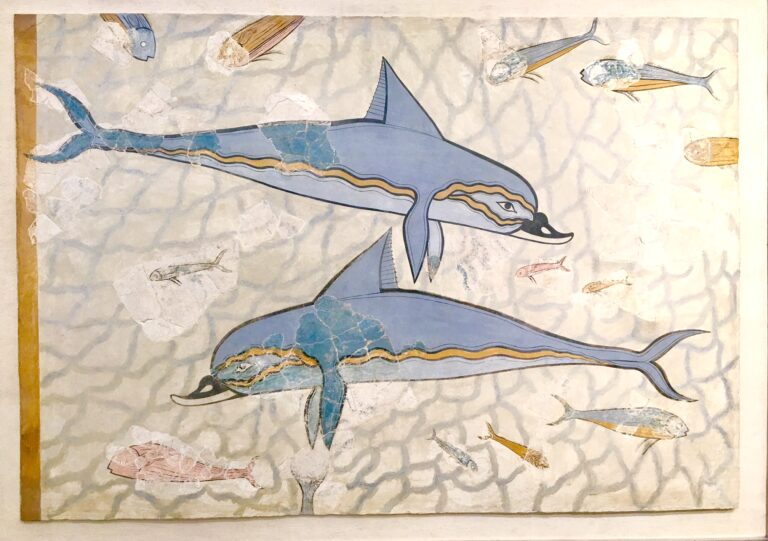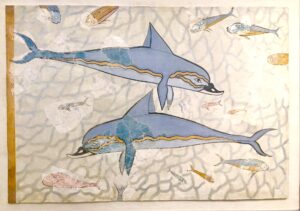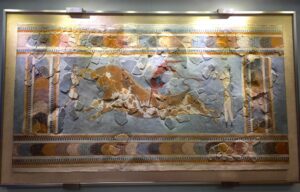I think that it would be a considerable understatement to say that this year has been…a lot to handle.
The world has, somehow, come to a complete standstill, and many of us are worried about how we’ll handle it all once the world kicks into gear once more. When I first started attempting to write this post, America had only been about a month into the quarantine. Who could have guessed that, with August on our doorstep, we would still be here? I didn’t know how to write about something like a Grecian holiday when everything has been ground to a halt. So today, instead of trying to pretend that nothing is wrong, or dwelling on how so much has gone wrong, I want to just take a minute to close my eyes, (feel free to do so too), and take a minute to relax and remember the good things.

Remember the heat of the perfect summer sun? I do. I remember feeling the warmth of it in my skin. I remember how after every trip to the beach, whether it was in Agia Pelagia or Ferma, that I had to consciously remember what it felt like to feel the sun trapped beneath my skin. It felt important then, because in my head I always wondered how long it would be before I would be back, how long it would be before I could experience that feeling once more. I figured that I was consciously treasuring these memories for snow days, when I would be assaulted by winter winds and grey skies. I can close my eyes and suddenly there I am, back on the beach.

And with the sun, of course, comes the sound of the waves. That soft but powerful crash upon the sand is music to my ears. The tide, extending its cool reach to brush against my legs, is a sharp contrast between the heat of the day. It’s refreshing reminder to me to turn over, so I don’t burn myself. Or maybe it’s a call to finally jump in and explore the water. I can almost see the waves crash against the cliffs in the distance, the coziness of the cove all that prevents me from the wild open sea beyond. The sand is course and rough, but anything feels better than being in bed. Maybe I walk into the ocean and I dive in, and I feel the icy feeling take over where the warmth had been. And of course, the water is crystal clear, the bluest blue you’ve ever seen. I haven’t seen beaches like Crete’s anywhere else in all the world, and I’ve been to many beaches. I swear I can see every shell under the water, every fish as it floats by. How beautiful they look as the light filters through the water onto their scales.
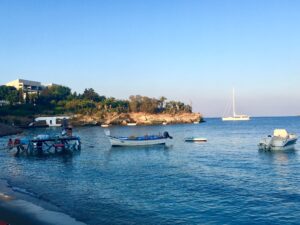
I feel the sun on my face as it pokes through the crest of the waves and I can look back onto the shore and see people. People. I love people now. I love knowing that other people can see what I see, can feel what I feel. I think after quarantine is over, I’ll never take people for granted again. I’ll never take being together for granted again. The smile coming from a human being that you love shines warmer than any sun or star in the sky. How wonderful it would be to see that again.
The way the wind blows through the leaves in the cypresses and olives as they grow, craggy and mysterious out of the cliffs, is a music all its own. Maybe you’ll hear cicadas hum, and maybe the smell of the picnic you brought to the beach is calling you back to shore. Maybe you can smell the tavernas cooking up the best fish you’ll eat all day. Either way you swim back, shivering with delight as the sun lays its hands on you all over again. Really push your feet into the sand. feel it slide between your toes. Never relinquish that feeling, of bliss and harmony with everything around you.

I miss touching the sand and complaining about the heat. I even miss sunburns. I miss the water and I miss all of it. I hope that if you miss it too, maybe this will take you there, if only for a moment. Maybe you’ll be able to find yourself floating in the Aegean, just beyond the shore, waiting to swim back and spend the rest of your lazy day with the people you love in the hot Cretan sunshine. When the world opens its doors, maybe I’ll find you there.
By Katarina Kapetanakis

